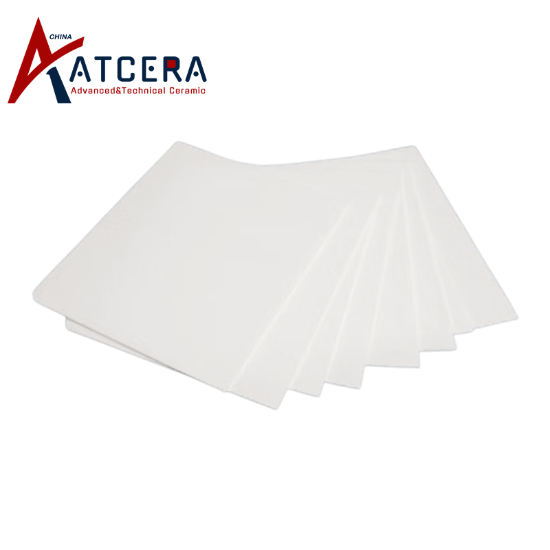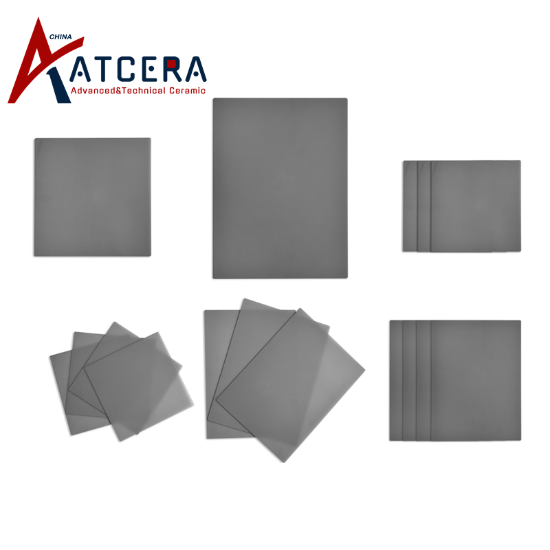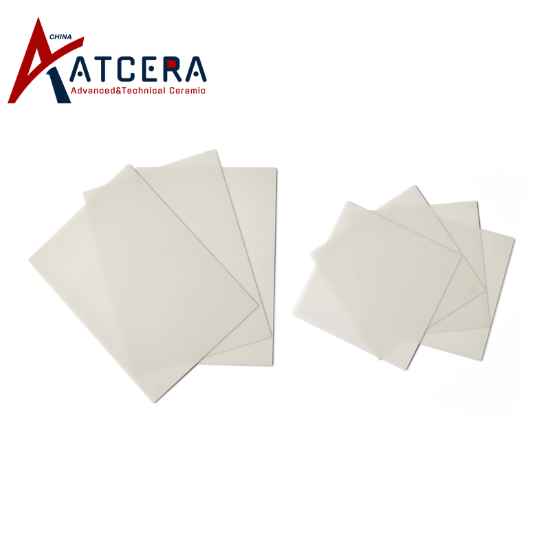In moderne vermogenselektronicasystemen is de IGBT-module (insulated gate bipolar transistor) de kerncomponent van energieconversie en -controle, en de stabiliteit en betrouwbaarheid op de lange termijn zijn erg belangrijk. Als het belangrijkste onderdeel van de structuur van het IGBT-modulepakket draagt het met keramiek beklede substraat niet alleen de circuitcomponenten, maar draagt het ook de zware taak van warmtegeleiding, wat rechtstreeks van invloed is op de efficiëntie van de warmtedissipatie en de levensduur van de module. Dit artikel heeft tot doel de invloed van verschillende keramische substraatmaterialen op de prestaties van keramische met koper beklede platen te onderzoeken, vooral vanuit het perspectief van thermische geleidbaarheid en aanpassing van de thermische uitzettingscoëfficiënt, en de voor- en nadelen van aluminiumoxide, siliciumnitride en aluminiumnitride keramische substraatmaterialen te analyseren , om een theoretische basis te bieden voor de selectie van verpakkingsmaterialen voor modules met hoog vermogen.
Toepassingsbeperkingen van aluminiumoxidesubstraten: Hoewel keramische substraten van aluminiumoxide op grote schaal worden gebruikt vanwege hun kosteneffectiviteit en bewezen processen, beperken hun relatief lage thermische geleidbaarheid en hun mismatch met de thermische uitzettingscoëfficiënt van siliciummaterialen hun toepassingspotentieel in modules met een hoge vermogensdichtheid.

Vooruitzichten en uitdagingen van siliciumnitridesubstraten: Siliciumnitride-keramiek staat bekend om hun uitstekende algehele prestaties, vooral in omgevingen met hoge temperaturen. De werkelijke thermische geleidbaarheid van siliciumnitride-keramiek is echter veel lager dan de theoretische waarde, en het onderzoek en de ontwikkeling van siliciumnitride-keramiek met een hoge thermische geleidbaarheid bevindt zich nog in het laboratoriumstadium, wat een sleutelfactor wordt die de brede toepassing ervan beperkt.

Voordelen van aluminiumnitridesubstraat: Met een uitstekende thermische geleidbaarheid en thermische uitzettingscoëfficiënt vergelijkbaar met halfgeleidermaterialen (zoals Si), lost aluminiumnitride-koper beklede plaat effectief het thermische beheersprobleem van de IGBT-module op, vermindert de interne spanning, verbetert de betrouwbaarheid en levensduur van de module aanzienlijk, en wordt beschouwd als het ideale substraatmateriaal voor de verpakking van elektrische apparaten.

De belangrijkste eigenschappen van de drie keramische substraatmaterialen worden in detail vergeleken (zoals weergegeven in Tabel 1). Hoewel het aluminiumoxidesubstraat een grote populariteit geniet, is het probleem van onvoldoende thermische geleidbaarheid en het niet overeenkomen van de thermische uitzettingscoëfficiënt steeds prominenter geworden, vooral bij modules met een hoog vermogen, wat kan leiden tot verhoogde thermische spanning en de stabiliteit en levensduur van de module kan beïnvloeden. Hoewel de algehele prestaties van siliciumnitridesubstraten superieur zijn, maar beperkt door de feitelijke thermische geleidbaarheid, is het moeilijk om aan de vraag naar hoge thermische geleidbaarheid te voldoen, en het commercialiseringsproces ervan heeft nog steeds tijd nodig. Daarentegen wordt met koper beklede aluminiumnitnitideplaat met zijn hoge thermische geleidbaarheid en goede aanpassing van de thermische uitzettingscoëfficiënt de sleutel om het thermische beheersprobleem van de IGBT-module op te lossen, niet alleen de warmtegeleiding te versnellen, maar ook de interne spanning te verminderen die wordt veroorzaakt door het verschil in thermische uitzetting, waardoor de betrouwbaarheid en duurzaamheid van de module worden verbeterd.
Samenvattend is de selectie van keramische substraatmaterialen cruciaal voor de prestaties op lange termijn van IGBT-modules. Van de drie materialen aluminiumoxide, siliciumnitride en aluminiumnitride vertonen met aluminiumnitride koper beklede platen grote voordelen in modulepakketten met hoog vermogen vanwege hun uitstekende thermische eigenschappen en goede afstemming met halfgeleidermaterialen. In de toekomst, met de voortdurende vooruitgang van de materiaalwetenschap en de optimalisatie van de voorbereidingstechnologie, wordt verwacht dat keramische substraten van aluminiumnitride de belangrijkste materialen zullen worden om de ontwikkeling van een hogere vermogensdichtheid en hogere betrouwbaarheid in de vermogenselektronica-industrie te bevorderen. Daarom is voor specifieke toepassingsscenario's een redelijke selectie van keramische substraatmaterialen van groot belang voor het verbeteren van de algehele prestaties en het verlengen van de levensduur van IGBT-modules.



























